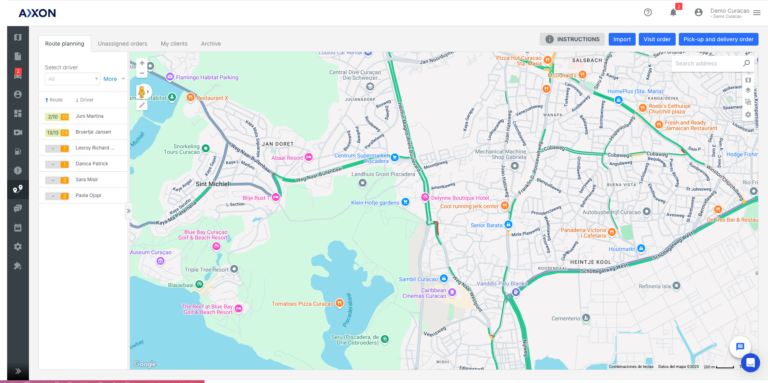Ordering Vehicle Parts Online
This issue is more common if you live in a place where everything gets imported.
In certain regions, we tend to experience local shops/agencies selling vehicle parts with a 3-5x profit margin. Even used parts could be more expensive than buying something new online.
Of course, this does not apply to every situation, but when you’re a company with one or more vehicles used for day-to-day operations, you should be looking for ways to minimize these expenses.
In today’s blog, we wanted to give you some tips on how to order vehicle parts online. After reading this, you should be able to do your research and see which ways benefits your company the most, whether it is online or locally.
1. Know Your Vehicle’s Details
Before you begin searching for parts, gather essential information about your vehicles like their VIN.
The Vehicle Identification Number (VIN) is a 17-character code that uniquely identifies your vehicle. It provides detailed information like the manufacturing plant, engine type, and size, model, year, and other vehicle features.
You can typically find the VIN on the driver’s side dashboard or door jamb. Providing the VIN when ordering parts ensures you receive components that fit your specific vehicle.
2. Identifying the Vehicle Part
Use part numbers to minimize the risk of ordering the wrong items. Every part has a unique part number assigned by the manufacturer. You can find part numbers in the owner’s manual, in the existing part (look for labels or engravings), or through online parts catalogs.
You can go to websites like partsouq.com then search your vehicle’s VIN number, select the right description and market and you’ll be able to browse through different categories or just manually search for the exact part you need, like an oil filter.
3. OEM vs. Aftermarket Parts
Understanding the difference between Original Equipment Manufacturer (OEM) and aftermarket parts is crucial.
OEM parts guarantee fit and performance and often come with a warranty, however, they tend to be of higher cost and you’ll have limited purchasing options (usually through dealerships).
Aftermarket parts are more affordable with a wider selection and availability, the cons are the inconsistency in quality and potential fitment issues.
Many automotive companies source parts from various Original Equipment Manufacturers (OEMs) and rebrand them with their own logos, which often leads to higher prices for consumers. By researching and identifying these original manufacturers, you can purchase the same products directly from them at a lower cost.
4. Finding a Reputable Online Supplier
When you do your research, make sure to look for customer feedback on the retailer and the specific part. Verify the return policies to ensure you can return the part if it’s incorrect or defective.
When you’re ready, make sure you are purchasing from sites with secure payment gateways (look for “https” in the URL).
Here is a list of reputable websites for vehicle parts (use Partsouq to find the part number):
- Rockauto
- Ebay
- Amazon
- PartSouq
- O’Reilly Auto Parts
- PartsGeek
- GMParts
5. Comparing Prices
Take your time to do your research, and don’t settle on the first price you find. When evaluating costs, remember to consider the total price, including shipping fees, taxes, and potential import duties.
Selecting the right shipping method is crucial, as it can drastically change the final price of your order. Calculate the costs of different shipping options, such as air freight versus sea freight. Air shipping is faster but typically more expensive, while sea shipping is slower but more cost-effective for heavier items. Most shipping companies offer online calculators to help you estimate the final cost based on your chosen method, weight, and destination.
Conclusion
Ordering vehicle parts doesn’t have to be daunting. By understanding your vehicle, accurately identifying the needed part, choosing between OEM and aftermarket options, and selecting a reputable supplier, you can navigate the process with confidence. Remember to double-check compatibility, secure your transaction, and inspect the part upon arrival. With careful attention to these steps, you’ll save time, and money, and ensure your vehicle is back on the road in no time.



